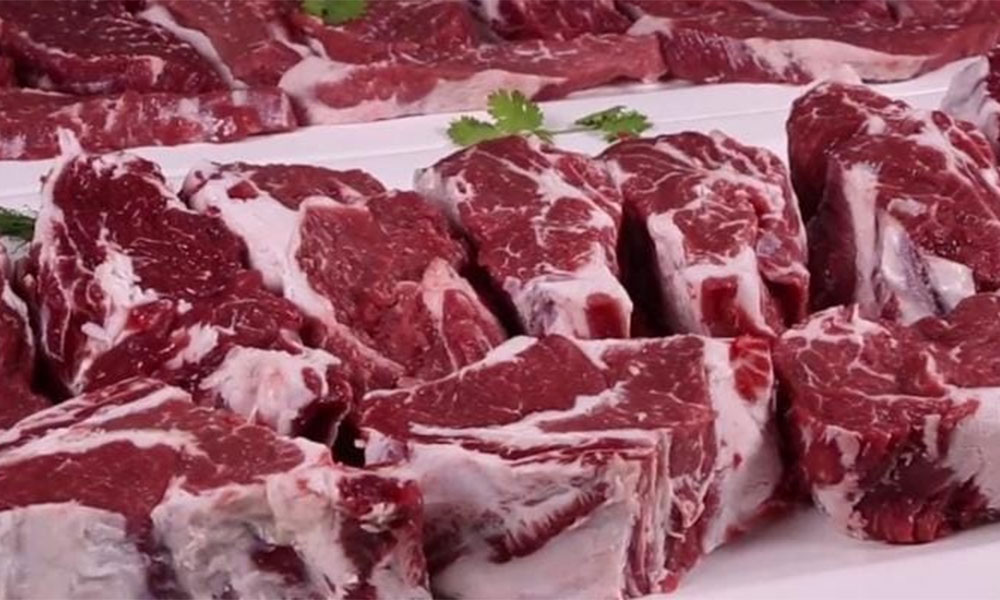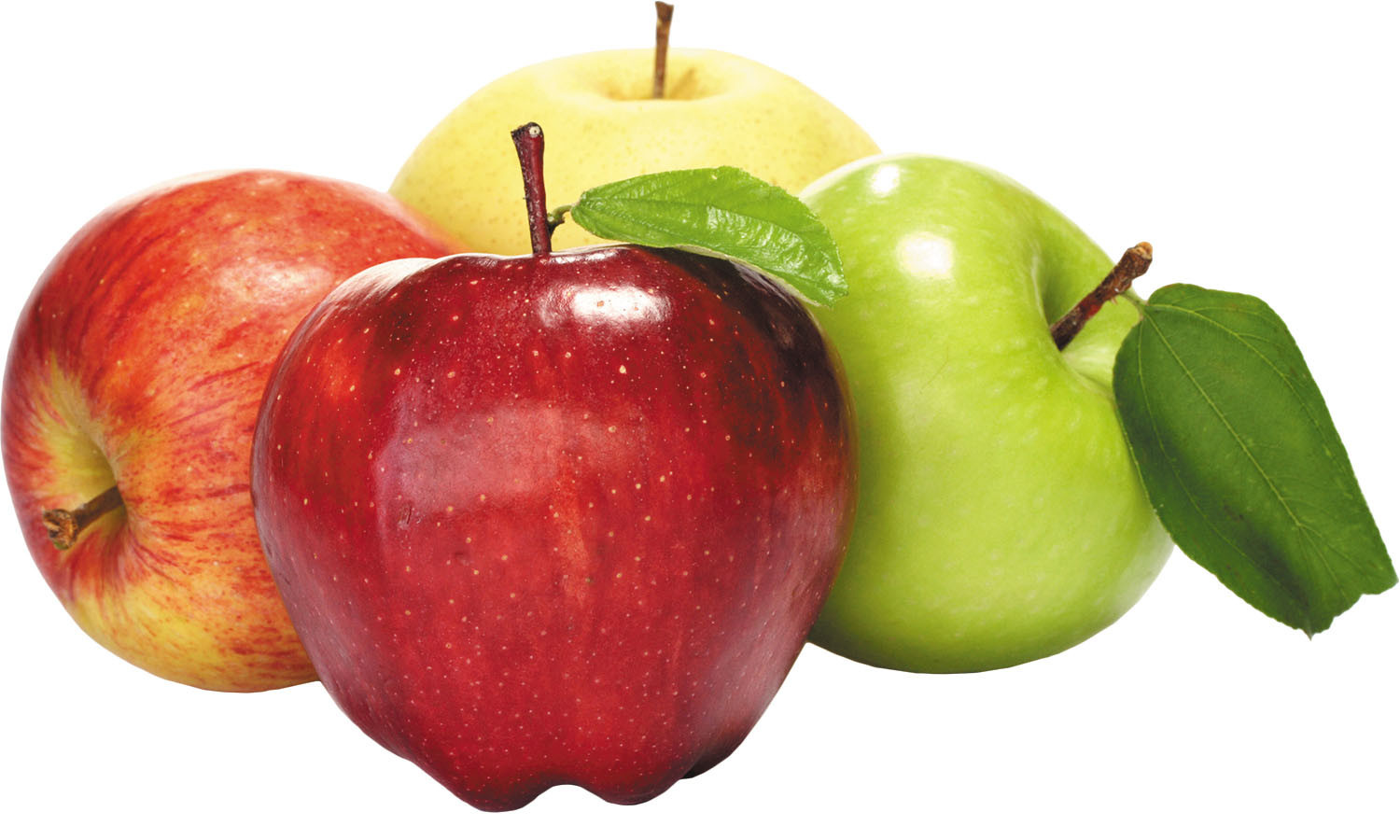Nutritional Value of 100 Grams of Fresh Camel Meat
*Nutritional values may slightly vary depending on the age of the camel and the cut of meat.*
| Nutrient | Approximate Value |
|---|---|
| Calories | About 140-160 calories |
| Fat | About 2-5 grams (generally leaner compared to other red meats) |
| Protein | About 26-28 grams |
| Carbohydrates | 0 grams |
| Iron | About 3-5 mg (considered a good source of iron) |
| Zinc | About 4-6 mg |
| B Vitamins | Contains various B vitamins such as Vitamin B12, Niacin, Riboflavin, and Thiamine in good amounts. |
Benefits of Camel Meat
- Good source of high-quality protein: Essential for building and repairing tissues in the body.
- Relatively low in fat: A good option for those looking for lean red meat.
- Rich in iron: Helps prevent iron deficiency anemia and promotes oxygen transport in the body.
- Good source of zinc: Important for immune system function, wound healing, and growth.
- Contains B vitamins: Supports nerve function, energy production, and various other vital processes.
- May be easy to digest: Some consider it easier to digest compared to other types of red meat.
Disadvantages of Camel Meat (with excessive consumption or in special cases)
- Cholesterol: Although relatively low in fat, it still contains cholesterol, so it should be consumed in moderation, especially by those with high cholesterol levels.
- Risk of foodborne illnesses: Camel meat must be cooked thoroughly to kill any potential bacteria or parasites.
- Toughness: Camel meat can be tougher than other types of red meat, especially if it comes from an older camel or is not cooked properly.
- Availability: Camel meat may not be readily available in all regions.



